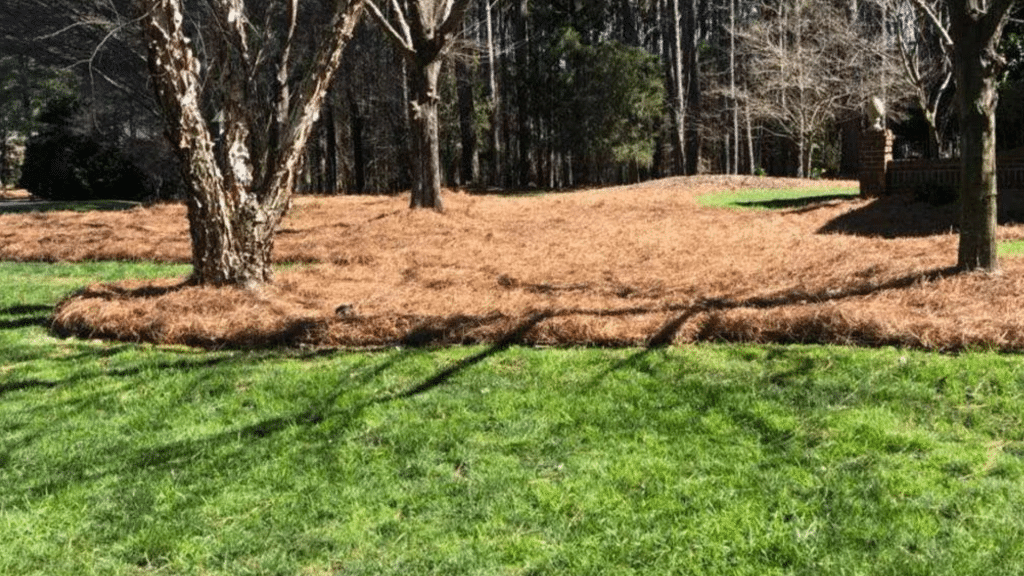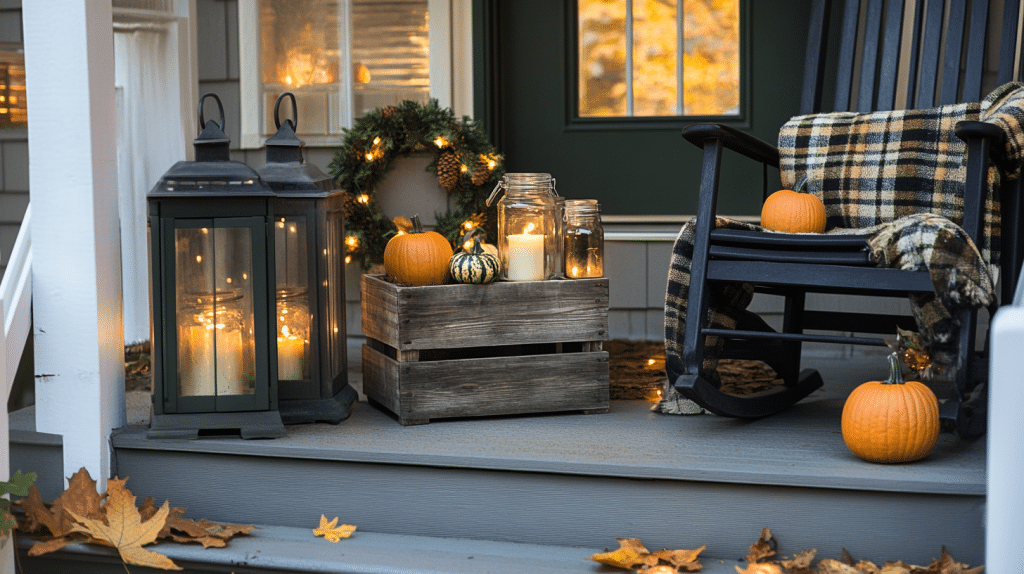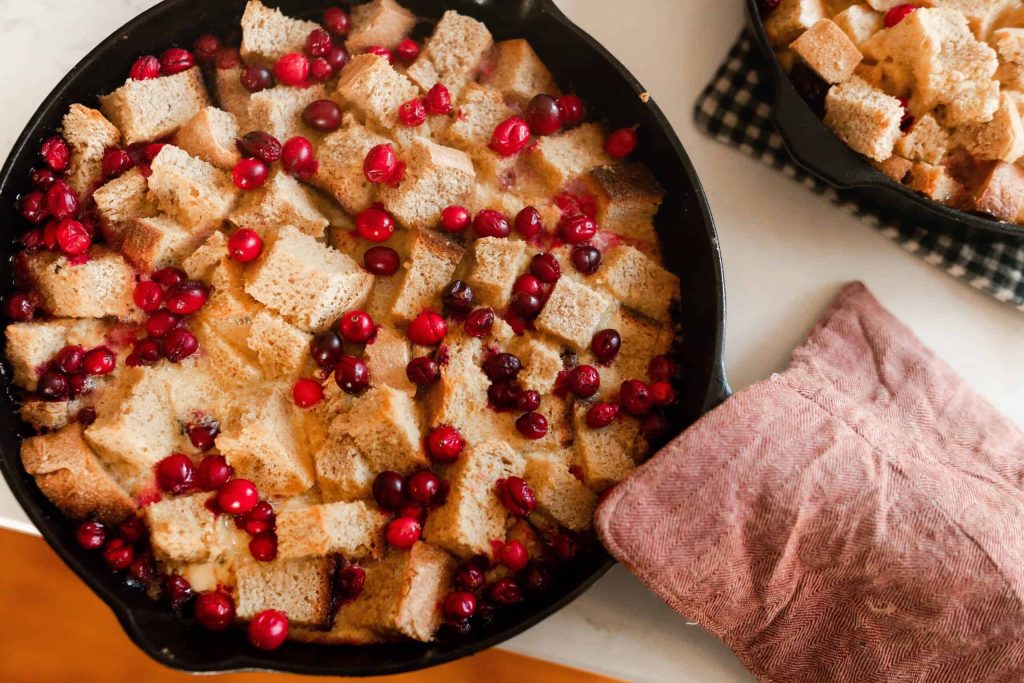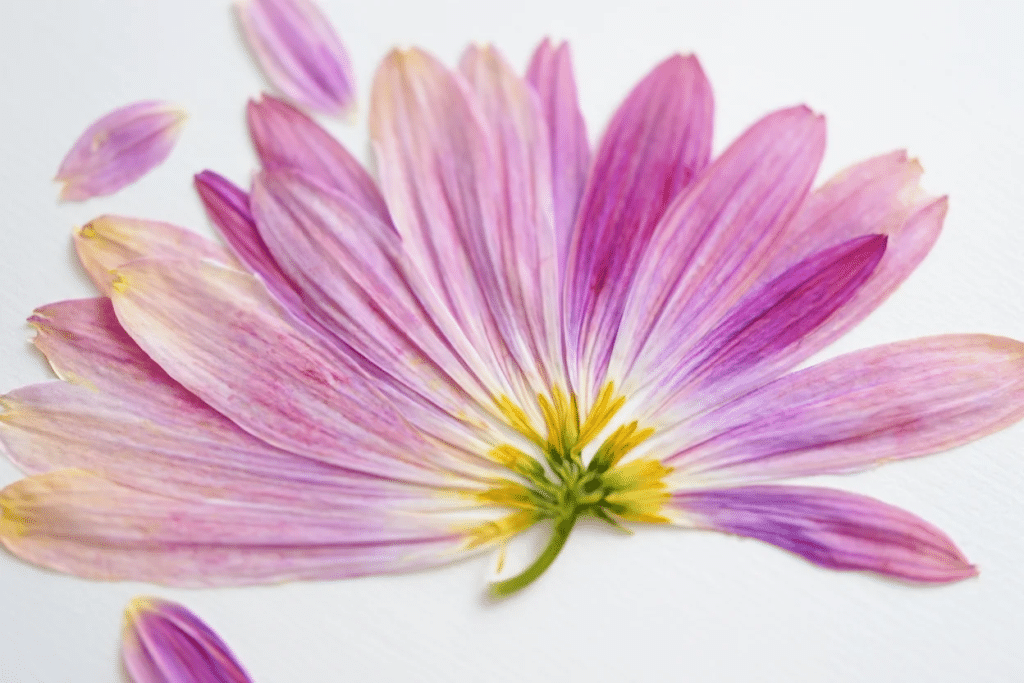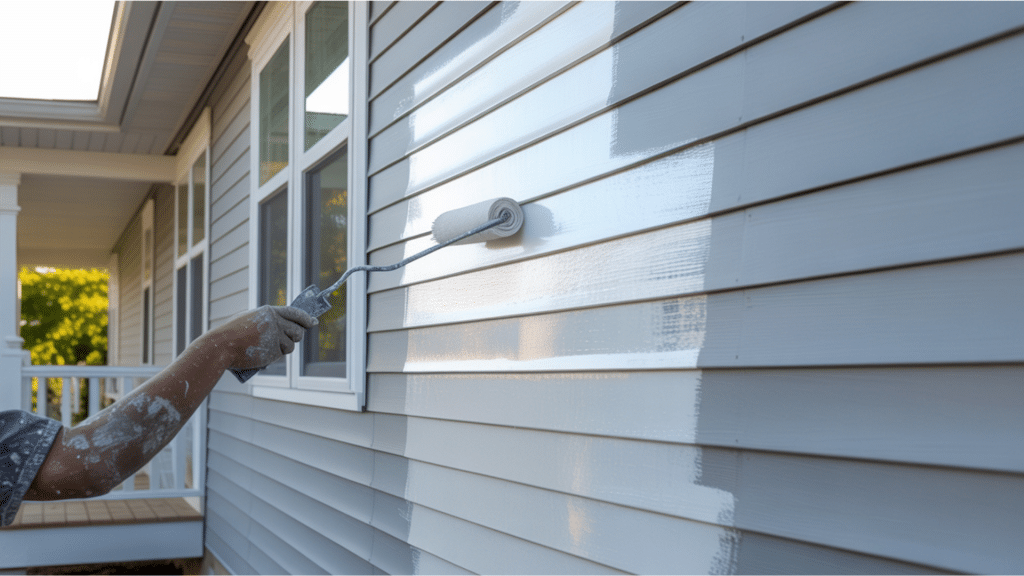Ever stood in a garden center staring at bags of pine needle mulch and wondered if it’s worth the investment?
Choosing the right mulch feels overwhelming when you want your landscape to thrive without breaking the bank.
The good news is that understanding pine needle mulch benefits and drawbacks doesn’t have to be complicated.
In this post, I’ll walk you through the pros and cons of real pine needle mulch, so you can decide if this popular ground cover fits your garden goals and budget.
Why Choose Pine Needle Mulch for Your Garden?
Pine needle mulch is an excellent garden choice that offers multiple practical benefits.
This natural material effectively suppresses weeds by forming a dense, interlocking layer that blocks sunlight from reaching the soil.
Pine needles help retain soil moisture, which reduces watering frequency and keeps plants healthier during dry spells. As they decompose slowly, they gradually improve soil structure and add organic nutrients.
I’ve found that pine needle mulch naturally repels many garden pests due to its texture and acidic properties.
It’s also cost-effective since pine needles are often free to collect from local pine trees or available at lower prices than other mulching materials.
Pine needle mulch maintains an attractive, natural appearance that complements most garden styles while lasting longer than many organic alternatives, making it a smart long-term investment for any gardener.
Pros of Using Pine Needle Mulch in Your Garden

Let’s start with the positive side of pine needle mulch – the benefits that make this mulch so popular among gardeners.
- Excellent Weed Control – Creates a thick, interlocking barrier that blocks sunlight and prevents weeds from sprouting.
- Superior Moisture Retention – Helps soil hold water longer, reducing watering frequency and keeping plants hydrated.
- Natural Pest Deterrent – Many insects and small pests dislike the texture and scent, providing chemical-free protection.
- Cost-Effective Option – Often available for free from pine trees or purchased at lower costs than other mulch materials
- Long-Lasting Coverage – Decomposes slowly, so you won’t need to replace it as frequently as other organic mulches
- Easy Application – Lightweight material that’s simple to spread and stays in place better than loose alternatives
- Attractive Appearance – Provides a neat, natural look that complements most plants and landscaping styles.
- Soil Improvement – Gradually adds organic matter as it breaks down, improving soil structure over time
- Wind Resistant – Interlocking needles resist blowing away better than loose mulch materials
- Perfect for Acid-Loving Plants – Ideal for azaleas, blueberries, rhododendrons, and other plants that thrive in acidic soil
Cons of Pine Needle Mulch You Should Know
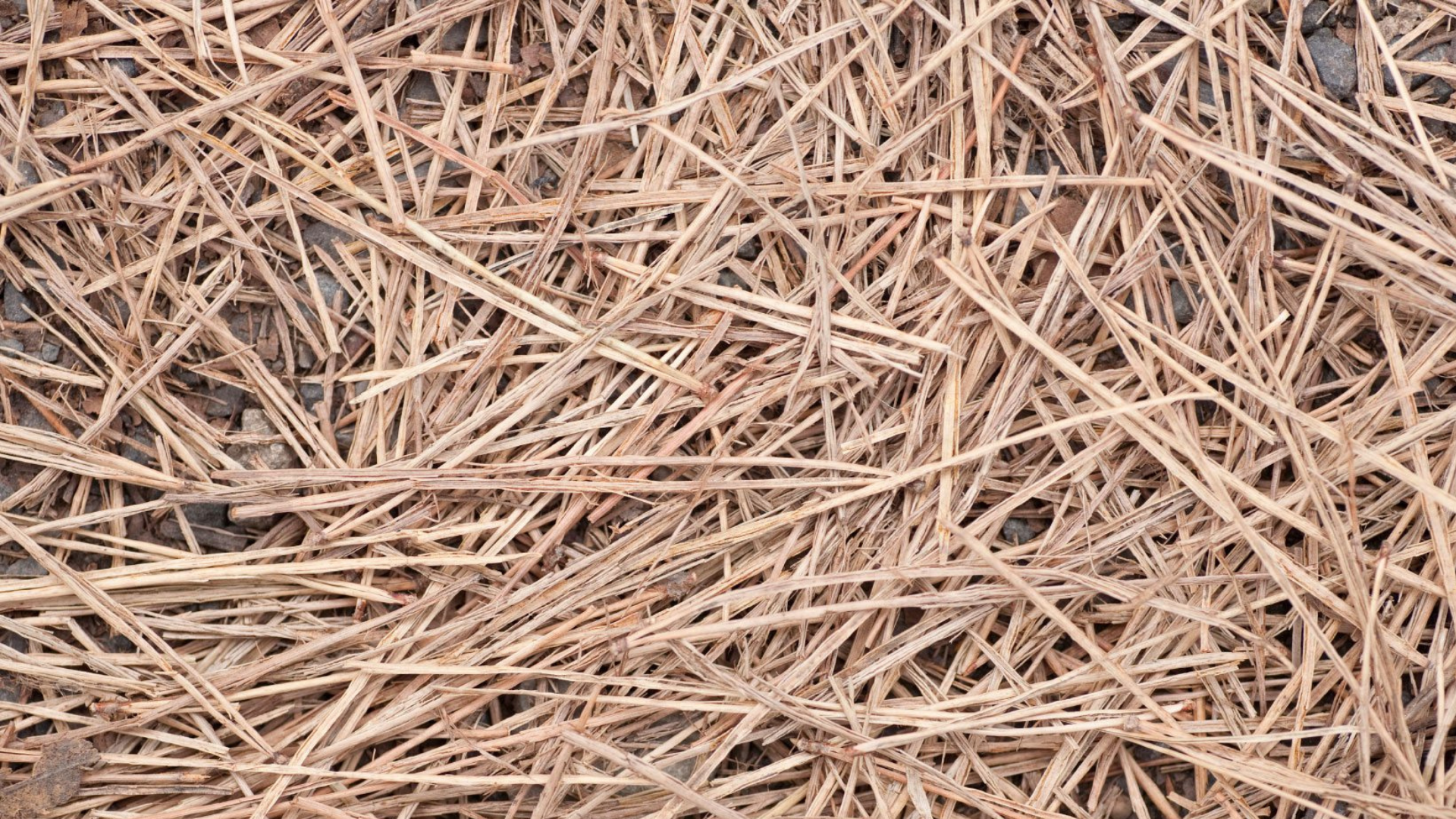
I believe in giving you the full picture, so let me share the challenges I’ve encountered with this popular mulch option.
- Acidic Nature – Pine needles lower soil pH over time, which can harm plants that prefer neutral or alkaline conditions, like vegetables and herbs
- Slow Decomposition – Pine needles break down very slowly, so they don’t add nutrients to soil as quickly as other organic mulches
- Fire Hazard – Dry pine needles are highly flammable and can pose safety risks, especially in hot, dry climates.
- Difficult Removal – Pine needles mat together and stick to the soil, making them hard to remove when you want to change mulch types
- Wind Displacement – Pine needles can blow away in strong winds, requiring frequent reapplication in exposed garden areas
- Limited Availability – Pine needle mulch may not be readily available in all regions, making it more expensive than local alternatives
- Staining Issues – The acidic nature can stain concrete surfaces, walkways, and garden structures over time.
- Not Universal – Works best for acid-loving plants, but isn’t suitable for all garden types or plant varietie.s
Where to Source Quality Pine Needle Mulch?
I’ve found pine needle mulch at most garden centers and home improvement stores. Local nurseries often carry higher-quality options and can order specific quantities if needed.
Many tree service companies also sell pine needles as a byproduct of their work.
If you have access to pine forests, collecting your own needles works great. Just make sure you have permission and avoid areas treated with chemicals.
When buying, I always check for freshness – avoid needles that look gray or moldy. Quality mulch should smell like pine, not musty or sour.
Look for needles that aren’t broken into tiny pieces, as longer needles interlock better and last longer.
How to Identify Good vs. Bad Quality Pine Needle Mulch
Good Quality:
- Fresh Appearance: Look for vibrant, golden to reddish-brown needles. They should smell like fresh pine, not musty.
- Long Needles: Opt for longer, intact needles (5-7 inches), which interlock better and last longer.
- Clean: It should be free of debris like sticks and excessive dust.
- Slightly Moist: The mulch should feel slightly moist, not overly dry.
Bad Quality:
- Gray or Moldy: Avoid mulch that looks dull, gray, or has a musty smell.
- Broken Needles: Short or broken pieces break down faster and blow away easily.
- Excessive Debris or Dust: Too much dust or foreign matter indicates poor quality.
- Sour Odor: A musty or sour smell means it’s decomposing or improperly stored.
Check these factors to ensure you’re getting the best pine needle mulch for your garden.
When Is the Best Time to Apply Pine Needle Mulch?
Now that we’ve covered the pine needle mulch pros and cons, timing becomes your next big decision. I’ve learned that when you apply this mulch can make or break its effectiveness in your garden.
| Season | Why I Recommend This Time | What I Focus On |
|---|---|---|
| Early Spring | Soil is moist from winter, perfect for locking in moisture before hot weather hits | Apply 2-3 inches around plants after last frost |
| Late Fall | Protects roots during winter freeze cycles and prevents soil erosion | Spread before first hard freeze for maximum protection |
| Early Summer | Good backup time if you missed spring application | Focus on areas that need immediate weed control |
Tip: I prefer late fall application. The mulch has all winter to settle and start breaking down slowly. Come spring, my plants already have protection in place when growing season begins.
Conclusion
After looking at pine needle mulch pros and cons, I can see why this mulch divides gardeners.
The benefits are real, it lasts longer, suppresses weeds effectively, and creates that natural woodland look many of us want. But the drawbacks matter too, especially the acidity issue and fire risks.
My take? Pine needle mulch works best for specific situations. If you’re growing acid-loving plants like blueberries or azaleas, it’s a winner. For vegetable gardens or alkaline-loving flowers, stick with other options.
What’s your next step? Test your soil pH first. Then consider your local climate and fire risk. Match the mulch to your garden’s actual needs, not just what looks good at the store.


